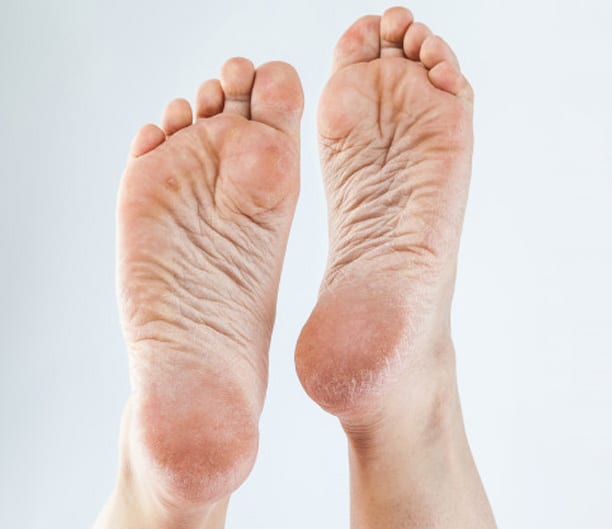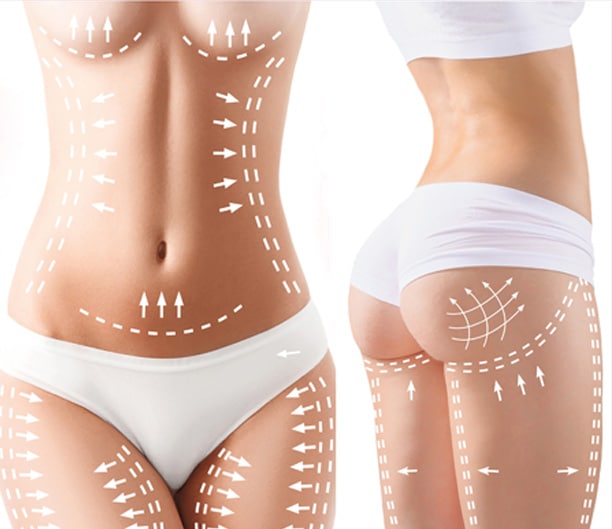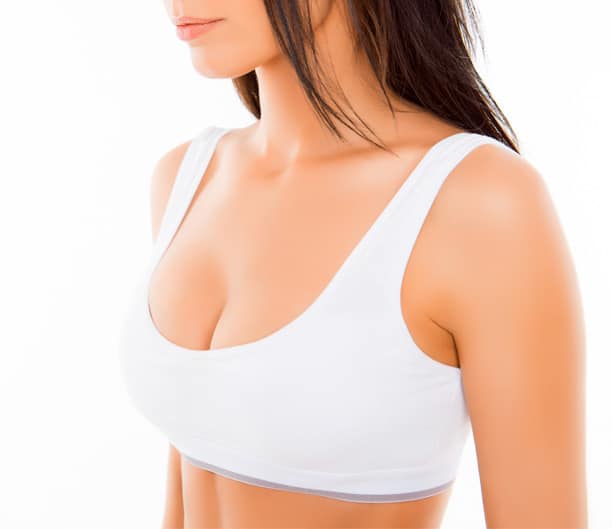Overview
Corns and calluses are fairly common problem in male and female that occurs in soles, toes, palms and fingers. It is a benign condition caused by constant pressure and friction.
Symptoms
Corns are small round hard lesion that is painful on pressure and commonly occurs at the bottom of the sole, over the toes and in between toes. It is very uncommon in hands.
On the other hand, calluses are flakes of hard keratinized skin that forms like an onion layer. It is painless unless infected or inflamed due to injury. They are Irregular and broad in shape unlike corns that are small round and often well defined.
Are Corns and calluses the same thing? Although the causes are the same but they behave differently.
- Corns: It is also called as clavus. It is thickening of the skin due to pressure and friction resulting in hyperkeratosis and is associated with pain. It appears like a “top” with round elevated surface but has a narrow deep root that reaches deeper than dermis and hence it is painful on pressure. There are three kinds of Corns- Hard corn or heloma durum that is dry; soft corn or helom molle that are macerated and soft and occurs in between toes and periungual corn occurs on the top of toes.
- Calluses: Are flaky hyperkeratotic layers over the skin also due to excess friction and pressure. They develop over a broader surface and grow outwardly and do not have a root or deep core. It is not painful and can occur in soles, toes, and dorsum of foot, hands and fingers. It is very common among atheletes like weight lifters and tennis players. It is also very common among physical labors and people who do not wear footwear most of the time.
When to see a doctor
It is best to see the doctor as soon as you notice the lesions. As with correct advice it can be controlled. And also it is easier to treat in the early stages.
Causes- Both are caused by constant or intermittent pressure and friction, corns are due to localized pressure points whereas callosities are due to more wider pressure areas hence corns are smaller and narrower than calluses. Corns are also known to form within a callus.
Risk factors. Apart from pressure and friction some deformities can also cause corns and calluses eg hammer toe, telipus equinovarus, amputated stumps etc. The risks are higher in people with diabetes and neurological problems.
Prevention. Wearing correct footwear avoiding excessive pressure is key to prevention. But moisturizing foot and hand also helps. If there is tendency for excessive dryness in the foot, apply moisturizer and wear socks.
Some FAQs
- How effective is salicylic acid for treating corns and calluses?
– SA is very effective as it works as Keratolytic agent by increasing moisture in the skin and dissolving the keratin layer allowing it to flake off. It can them be gently scrubbed off with puma stone. - Is salicylic acid as a calluses remover painful?
– It is not painful at all when it is applied on thick kearitnised skin. It may have burning sensation when it is applied to think skin or after the callus is peeled off. - What happens when you cut off a corn or calluses yourself?
– Corns and calluses should be gently and carefully shaved layer by layer. If not done carefully you can injure your skin and cause bleeding and infection. An experienced doctor can carefully shave off using a magnification to ensure safety. - How should I get rid of corns or calluses permanently?
– Apply SA once daily , after 304 days start using puma stone or gently scrub off during bathing. It may help to soak feet in warm water before scrubbing. Check with the doctor regularly to get it examined. At the same time get correct footwear and use soft silicone pads at pressure points. If the cause is removed the treatment can have longlasting results. - What is the safest way to cut off corn or calluses?
– There are two ways to treat Corns, First apply SA solution until it is soft then visit a doctor who will use sterile instrument to gradually shave the corn until it reduces in size then rest of it is surgically excised under local anaesthesia. I personally don’t prefer suturing the wounds after excising the corn as they break and cause more pain and discomfort. I allow it to heal by secondary intention. Second option is to keep apply SA lotion until it flakes off completely.On the other hand callosities are never surgically excised. They are shaved down to skin level and then the area is protected using silicone cushion. - How to painlessly remove a corn or calluses?
– By regularly applying SC lotion and scrubbing with puma stone or careful shaving is a painless way to remove. - Is there any side effects of using salicylic acid?
– SA is very safe to use on the keratotic skin. In normal skin or thin skin it may cause skin burns. So careful application is necessary. - Do treatments for removing corns or calluses cause them to spread?
– Corns and calluses do not spread like warts which are due to virus. Corns and calluses can only increase by continuso pressure and friction.





